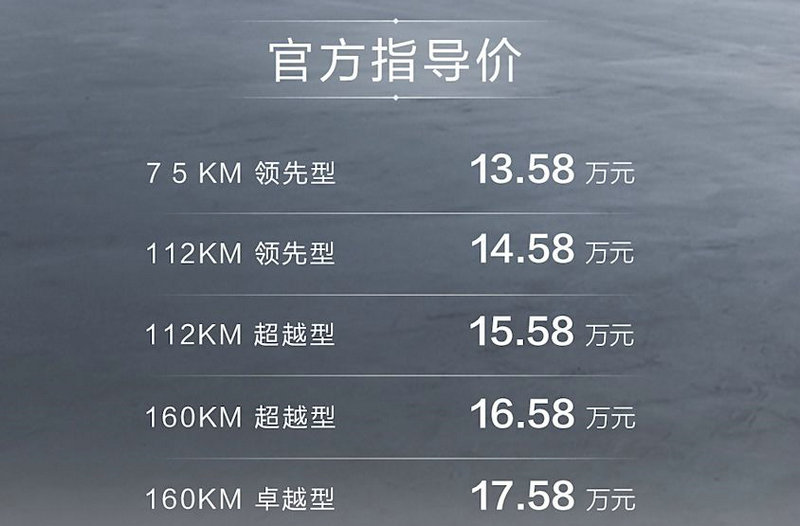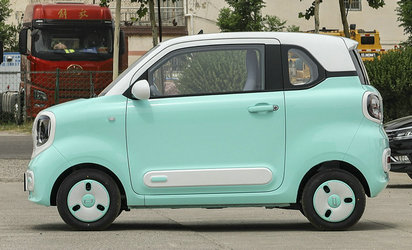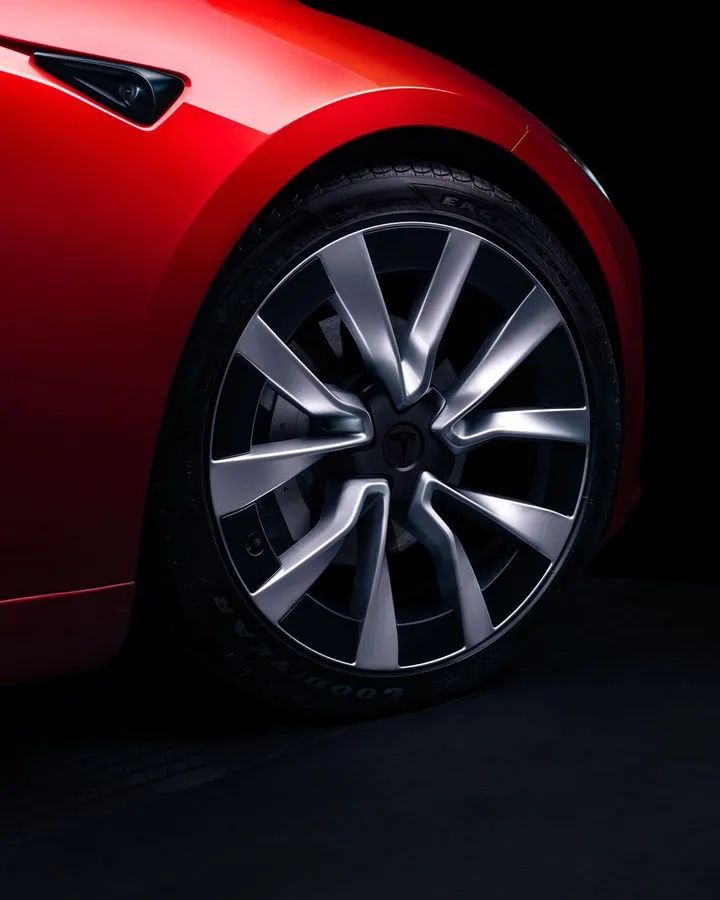Is it worth upgrading BYD FSD? Two car owners share real experiences
First, let’s explain the function and working principle of BYD’s FSD (Flexible Suspension Damping):
FSD adjusts the variable damping force and spring rebound speed of the shock absorber to adapt to different road conditions, including rough roads, sharp bends, and gravel roads. It is equipped with BYD's latest aluminum alloy chassis parts and an upgraded chassis vibration filtering system, which can effectively reduce the bumps caused by different road surfaces.

FSD adopts a fully mechanical structure. Compared with other adaptive shock absorbers, it is lower in cost and has a relatively low failure rate. It is a very cost-effective active shock absorber.
Next, let’s introduce the working principle of FSD in detail: The FSD valve can control the oil flow in the shock absorber cylinder. When road conditions are good, the FSD valve closes to increase the damping in the shock absorber to improve road feel feedback and driving stability. When encountering potholes on the road, the FSD valve opens to reduce the damping in the shock absorber, so that the shock absorber can effectively absorb the impact of the road, maintain the balance and stability of the chassis, and improve the stability of the chassis.
Now, let us hear the real experiences of two different car owners after upgrading the official FSD.
Car owner one: 21 Tang dmi replaced FSD
Almost a year after purchasing the car, this car owner had driven 23,000 kilometers and happened to come across a promotion to replace the FSD. I went to replace it on the morning of August 11th. The whole process took about two hours. After changing it, he drove more than 100 kilometers, including various road conditions such as highways, uneven roads, going on and off bridges, and turning.
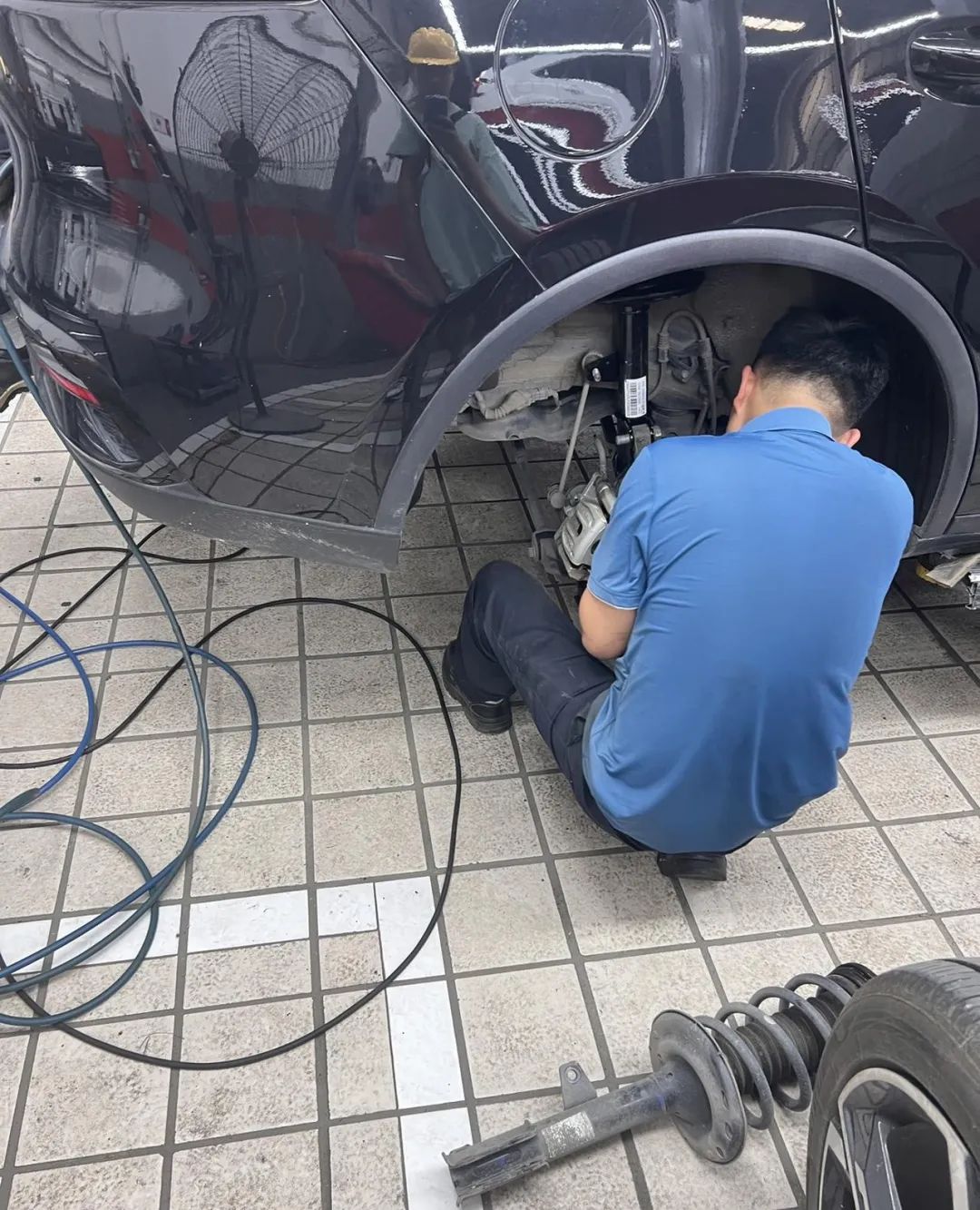
The following is his real driving experience:
When the vehicle is driving on the road, small unevenness becomes more obvious;
When driving on a curved overpass at 60km/h in the past, the roll angle of the car body was significantly reduced, and there was no longer the feeling of overturning;
When overtaking at high speed, the car body stabilizes faster, there is no more shaking feeling, and the feeling of riding a ship disappears;
The road near my home is under construction, and the angle between the slope and the bridge deck is large. In the past, when going downhill at a speed of 40km/h, the car body shook for a long time before stabilizing, but now, the car body stabilizes immediately, and the improvement effect is obvious;
When driving on uneven roads that are being repaired, there is no feeling that the car body suddenly sank in;
The feeling of sudden braking is significantly improved, and the nod of the front of the car is much reduced;
Now it comes down to the quality and durability of the FSD. He drives 2,000 kilometers a month, and the roads near his home are full of potholes.
To sum up, after this car owner replaced the FSD of the 21 Tang DMI, the driving experience has been significantly improved. However, it will take time to verify the quality and durability of FSD, especially when faced with frequent potholes.
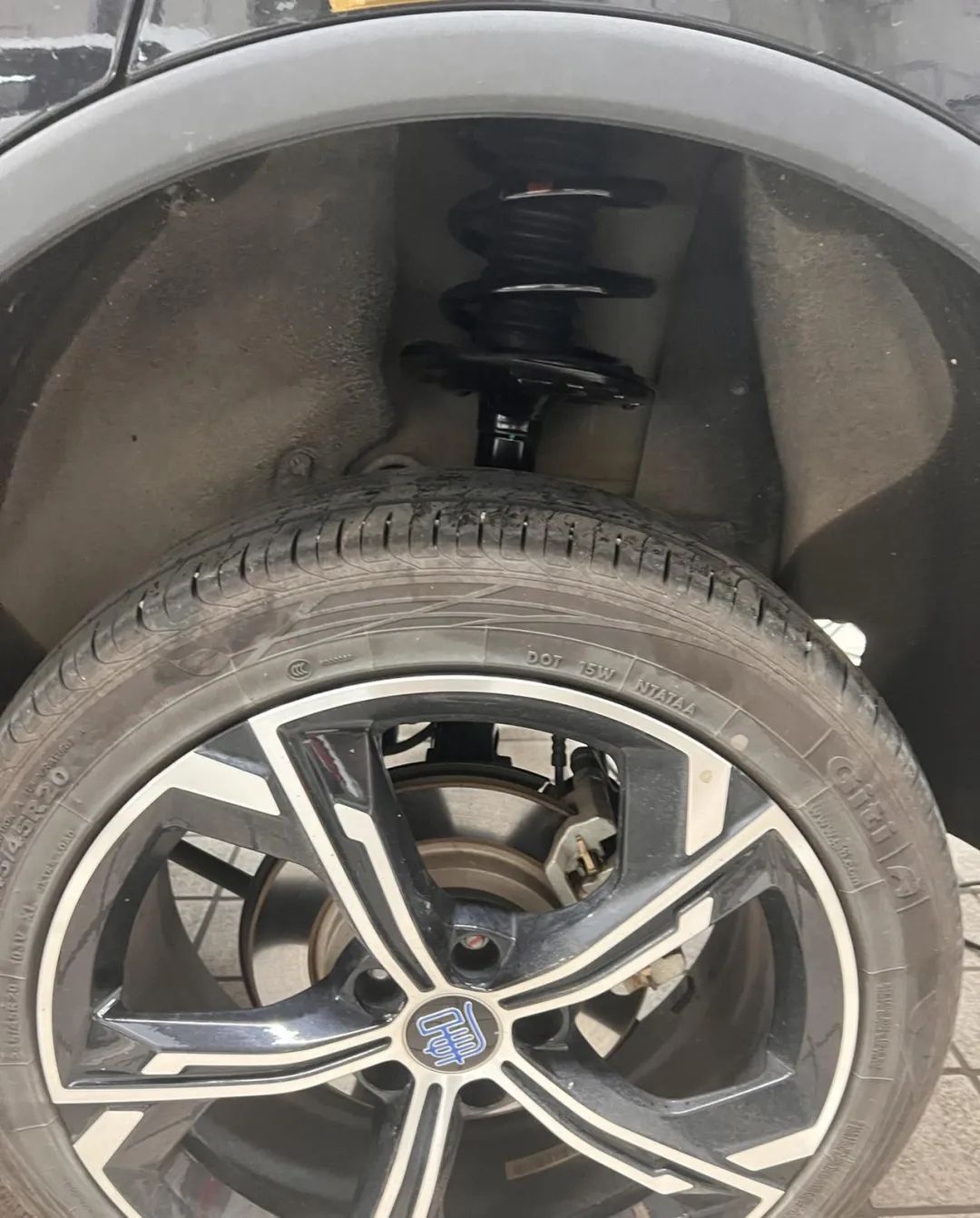
Car owner two: 22 Tang dmi replaced FSD
1. Improved braking nod: This is the most obvious feeling on the first day after replacement. In older models, due to the influence of the weight of the car body, the front of the car will sink to a greater extent after braking. But after replacing the FSD, this sinkage was significantly improved. Now even if the brakes are very careful, you will not feel the front of the car sinking significantly, so that the previous situation of having to nod to the oncoming car has completely disappeared after replacing the FSD.

2. Urban pavement speed bumps: especially those higher plastic curved speed bumps and painted speed bumps that are slightly raised on the road. This part of the improvement also needs to be discussed separately. When passing a curved speed bump, I used to feel a jumping feeling when the vehicle speed was high, but when the vehicle speed was low, the rear wheel had an obvious sinking feeling. However, after replacing the FSD, the bouncing feeling has basically disappeared (the maximum speed during the test is about 60-70 yards). When passing at low speed, the rear wheel will most likely just make a sound without any obvious feeling. I think this aspect has been greatly improved.
When passing small painted speed bumps, the feedback is more realistic, and the previous up and down bumps have been improved. In the past, when the vehicle speed was high, it would feel like a boat shaking, but now this situation has basically disappeared. The most obvious improvement is that the cases of motion sickness among rear seat passengers have been significantly reduced.

3. Rolling during cornering: Since we often drive on mountain roads, we have always paid close attention to roll control. I have installed a front handlebar on the car before, but I still feel that the car is about to be thrown out when the speed is slightly higher. Perhaps my expectations were too high, so the roll control did not surprise me like speed bumps and other situations, but I can still clearly feel the improvement. For example, when I was cornering quickly, if I was thrown 60 degrees from the center line, now the range of being thrown is between 15-30 degrees.
4. Non-paved roads and potholes: I don’t have many opportunities to drive on gravel roads, so the experience is similar to painted speed bumps, so I won’t go into details. But on dirt roads and muddy roads, I feel that the chassis has become more compact. Especially on dirt roads, the posture of the body is maintained better when encountering various large and small potholes and uneven road sections. There will be no scary moments of suddenly falling when passing. There is only sound and no substantial feedback for some small potholes. The overall feeling is smoother than before.
To sum up, this car owner has experienced a significant improvement in driving experience after replacing the FSD. The braking nod is reduced, the experience when passing speed bumps and corners is significantly improved, and the chassis performance is more stable on non-paved roads and potholed roads.

Conclusion: For the old Tanghan, FSD has significantly improved the driving quality. Considering that the upgrade cost is about 3000-4000, it is worth trying for car owners.
Purchase method:
1. Official channels: You can purchase FSD at BYD Jingcheng Supplies Mall, choose the appropriate installation store, and send the product to the store for installation.
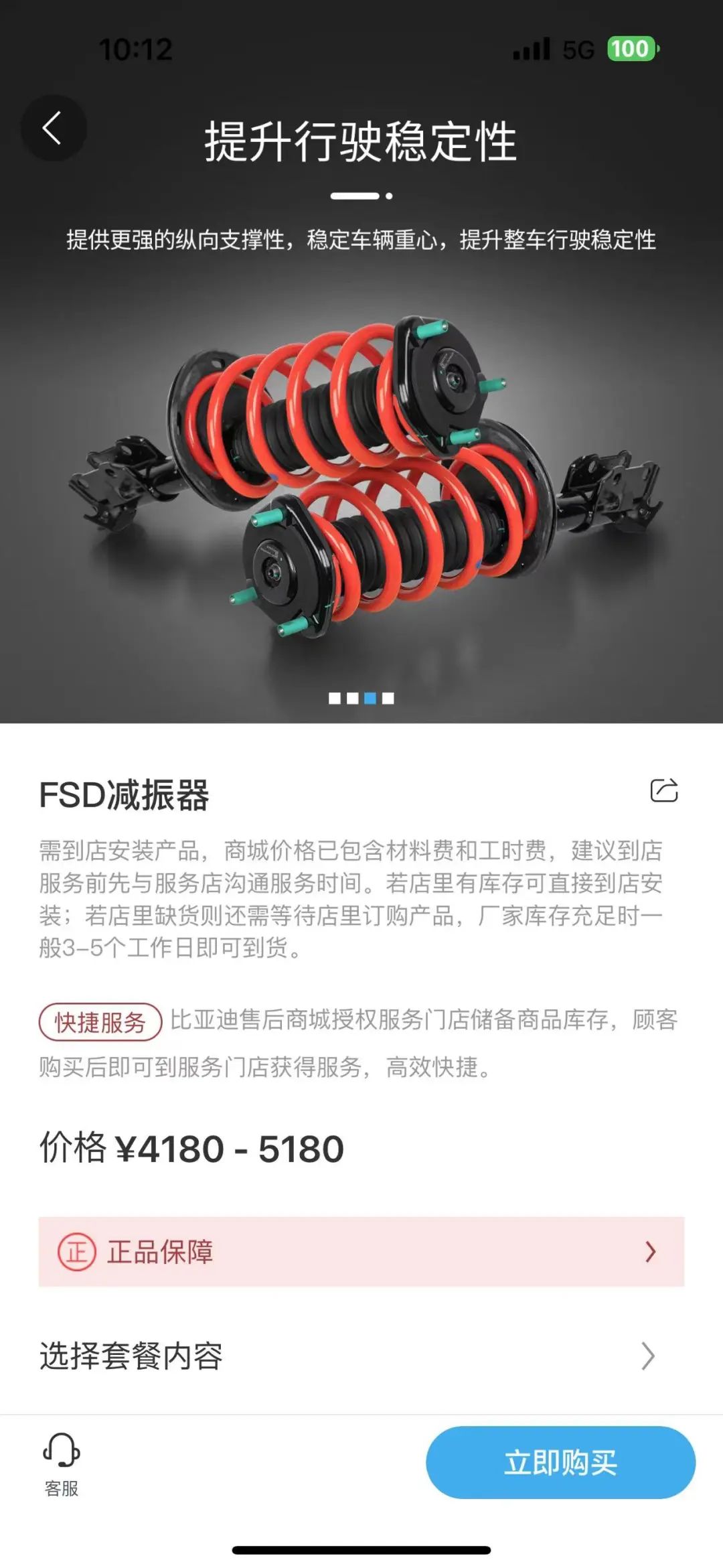
2. Group purchases by local car enthusiasts: You can conduct group purchases through large local car enthusiasts associations, so the price may be discounted by about 1,000 yuan. But the premise is that you need to find a local car club, and they happen to be conducting group buying activities.
The above is the full content of Is it worth upgrading BYD FSD? Two car owners share real experiences

